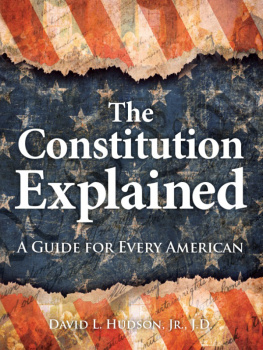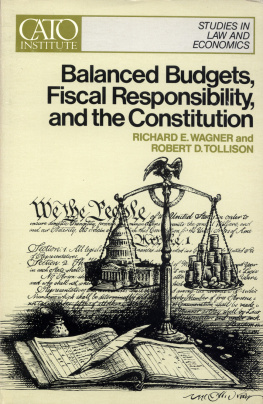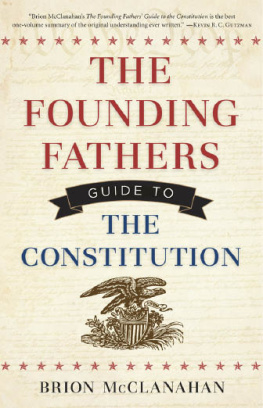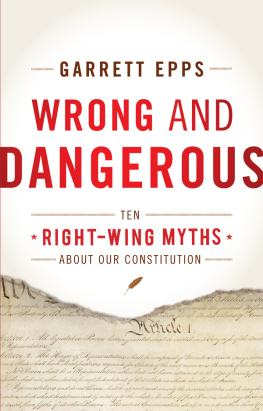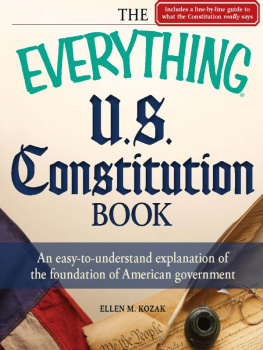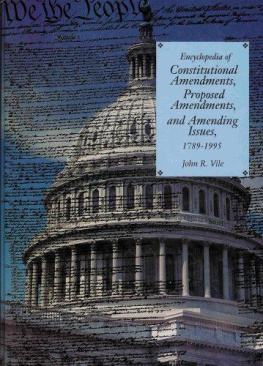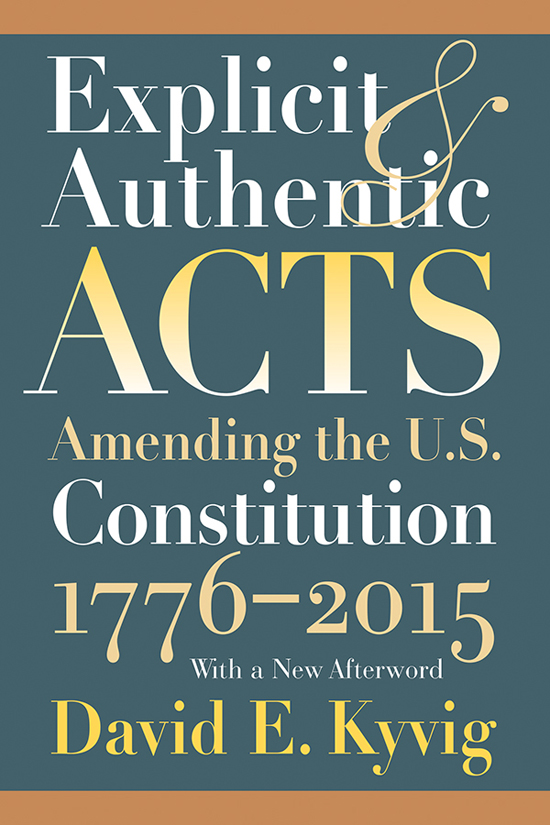David E. Kyvig - Explicit and Authentic Acts: Amending the U.S. Constitution 1776-2015 With a New Afterword
Here you can read online David E. Kyvig - Explicit and Authentic Acts: Amending the U.S. Constitution 1776-2015 With a New Afterword full text of the book (entire story) in english for free. Download pdf and epub, get meaning, cover and reviews about this ebook. year: 2016, publisher: University Press of Kansas, genre: Politics. Description of the work, (preface) as well as reviews are available. Best literature library LitArk.com created for fans of good reading and offers a wide selection of genres:
Romance novel
Science fiction
Adventure
Detective
Science
History
Home and family
Prose
Art
Politics
Computer
Non-fiction
Religion
Business
Children
Humor
Choose a favorite category and find really read worthwhile books. Enjoy immersion in the world of imagination, feel the emotions of the characters or learn something new for yourself, make an fascinating discovery.

- Book:Explicit and Authentic Acts: Amending the U.S. Constitution 1776-2015 With a New Afterword
- Author:
- Publisher:University Press of Kansas
- Genre:
- Year:2016
- Rating:3 / 5
- Favourites:Add to favourites
- Your mark:
Explicit and Authentic Acts: Amending the U.S. Constitution 1776-2015 With a New Afterword: summary, description and annotation
We offer to read an annotation, description, summary or preface (depends on what the author of the book "Explicit and Authentic Acts: Amending the U.S. Constitution 1776-2015 With a New Afterword" wrote himself). If you haven't found the necessary information about the book — write in the comments, we will try to find it.
Henry Adams Prize
Ohio History Association Book Prize
In time for the 225th anniversary of the Bill of Rights, David Kyvig completed an Afterword to his landmark study of the process of amending the US Constitution. The Afterword discusses the many amendments, such those requiring a balanced federal budget or limiting the terms of members of Congress, that have been proposed since the book was originally published and why they failed of passage. At a time when prominent scholars and other public figures have called for a constitutional convention to write a new constitution, arguing that our current system of governance is unsustainable Kyvig reminds us of the high hurdles the founders created to amending the constitution and how they have served the country well, preventing the amendment process from being used by one faction to serve the passions of the moment.
In his farewell address, President Washington reminded his audience that the Constitution, till changed by an explicit and authentic act of the whole people, is sacredly obligatory upon all. He regarded the Constitution as a binding document worthy of devout allegiance, but also believed that it contains a clear and appropriate procedure for its own reform. David Kyvigs illuminating study provides the most complete and insightful history of that amendment process and its fundamental importance for American political life
Over the course of the past two centuries, more than 10,000 amendments have been proposed by the method stipulated in Article V of the Constitution. Amazingly, only 33 have garnered the required two-thirds approval from both houses of Congress, and only 27 were ultimately ratified into law by the states. Despite their small number, those amendments have revolutionized American government while simultaneously legitimizing and preserving its continued existence. Indeed, they have dramatically altered the relationship between state and federal authority, as well as between government and private citizens.
Kyvig reexamines the creation and operation of Article V, illuminating the process and substance of each major successful and failed effort to change the formal structure, duties, and limits of the federal government. He analyzes in detail the Founders intentions; the periods of great amendment activity during the 1790s, 1860s, 1910s, and 1960s; and the considerable consequences of amendment failure involving slavery, alcohol prohibition, child labor, New Deal programs, school prayer, equal rights for women, abortion, balanced budgets, term limits, and flag desecration.
David E. Kyvig: author's other books
Who wrote Explicit and Authentic Acts: Amending the U.S. Constitution 1776-2015 With a New Afterword? Find out the surname, the name of the author of the book and a list of all author's works by series.

